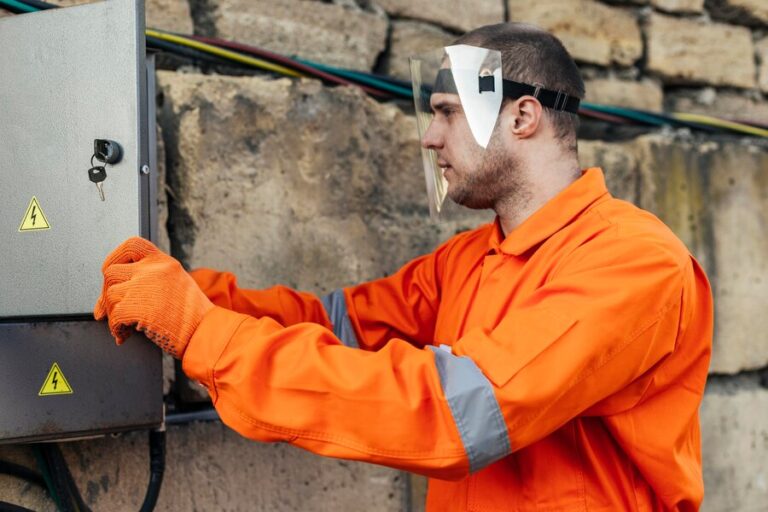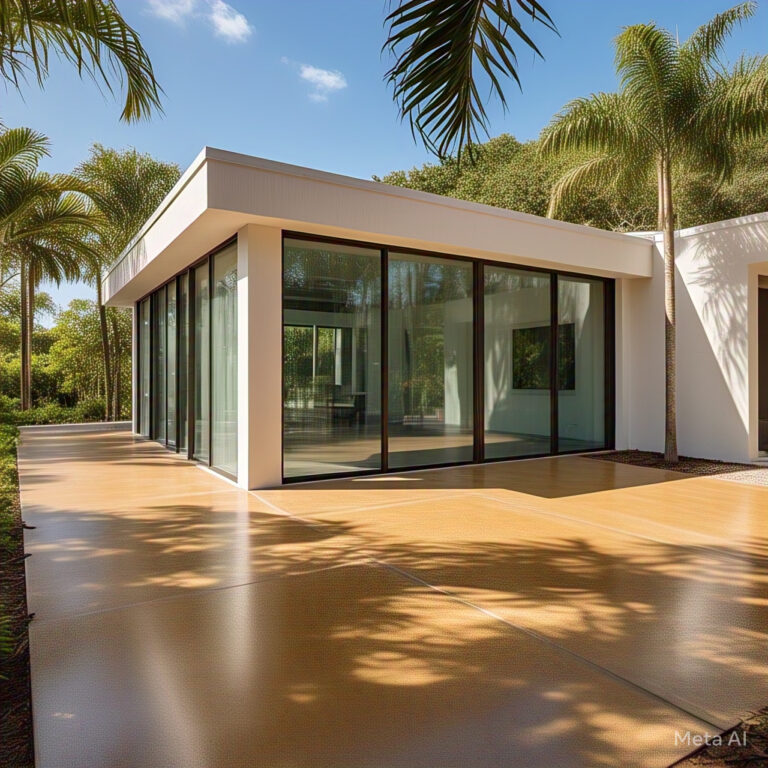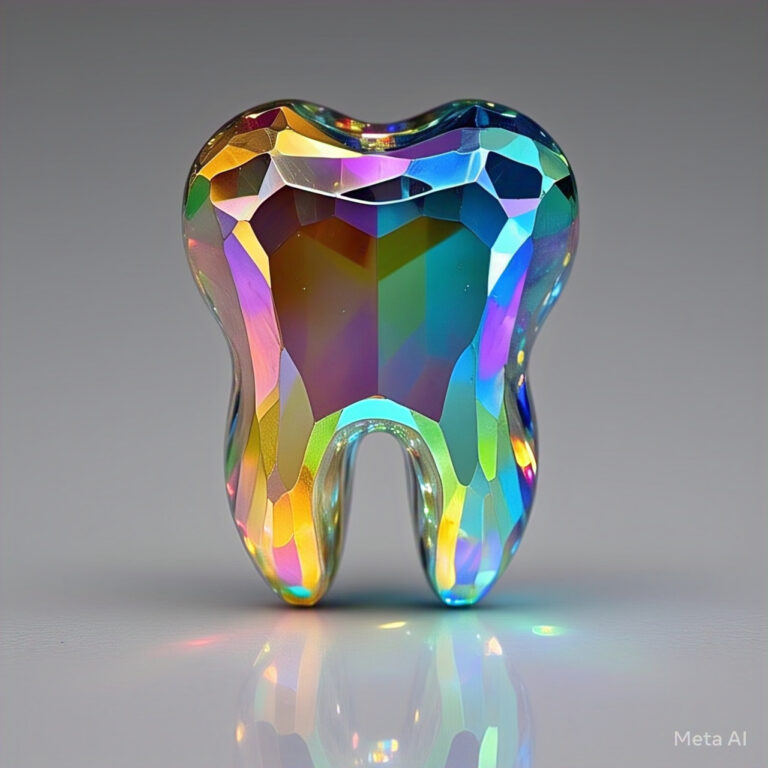Are you tired of dealing with the persistent mould and mildew problem in your caravan or RV?
It’s time to take action and regain control over your living space. By following a few simple steps, you can significantly reduce the presence of these unwanted intruders and create a healthier and more comfortable environment for your travels.
So, if you’re ready to uncover the secrets to a mould-free life on the road, keep on reading.
To effectively reduce mould and mildew in your caravan or RV, you must first identify problem areas. Start by checking areas prone to moisture buildup, such as bathrooms, kitchens, and storage compartments. Look for any signs of water leaks, condensation, or dampness.
Inspect the walls, ceilings, floors, and corners for any visible mould or mildew growth. Don’t forget to check areas that are hidden or difficult to reach, like under sinks or behind furniture. Please pay attention to any musty odours, as they can indicate the presence of mould or mildew. Take note of areas that feel damp or have higher humidity.
One essential step to effectively combat mould and mildew in your caravan or RV is to ensure proper ventilation throughout the vehicle. Good ventilation helps to reduce humidity levels and prevent the buildup of moisture, which are the main culprits for mould and mildew growth.
Start by opening windows and roof vents to allow fresh air to circulate inside. Consider installing additional vents or fans in areas prone to moisture, such as the bathroom or kitchen. These will help to remove stale air and moisture more effectively.
If you’re parked in a location with high humidity, use dehumidifiers or moisture absorbers to keep the air dry. Regularly check and clean the vents to ensure proper airflow.
Maintain optimal humidity levels inside your caravan or RV to effectively prevent the growth of mould and mildew.
Humidity refers to the amount of moisture present in the air. High humidity levels can create a breeding ground for mould and mildew, which can cause damage to your vehicle and pose health risks.
To control humidity, use a dehumidifier in your caravan or RV. This device helps remove excess moisture from the air, keeping humidity levels in check.
Additionally, properly ventilate your vehicle by opening windows or using vents to allow air circulation. This will help reduce moisture buildup and prevent the growth of mould and mildew.
Regularly monitor and adjust humidity levels to maintain a comfortable and mould-free environment inside your caravan or RV.
Are you regularly cleaning and drying your caravan or RV to prevent the growth of mould and mildew?
Maintaining a clean and dry environment inside your vehicle is essential to minimize the risk of mould and mildew formation.
Start by regularly removing dirt, dust, or debris from your caravan or RV. Vacuum the floors, wipe down surfaces, and clean upholstery to eliminate any potential food sources for mould spores.
Additionally, ensure your vehicle is thoroughly dried after water exposure, such as rain or leaks. Open windows and doors to allow for proper ventilation and airflow, and use dehumidifiers or moisture-absorbing products to reduce humidity levels further.
Regularly cleaning and drying your caravan or RV prevents mould and mildew. Another effective step you can take is using mould-resistant materials.
When it comes to interior surfaces, opt for materials inherently resistant to mould growth. This includes mould-resistant paints or coatings and moisture-resistant fabrics for cushions and curtains. These materials are specifically designed to inhibit the growth of mould and mildew, reducing the chances of them taking hold in your caravan or RV.
Additionally, consider using materials that are easy to clean and maintain. This will make it easier to remove any potential mould or mildew that may still develop despite your best efforts.
Can I Use a Dehumidifier in My Caravan or RV to Reduce Mould and Mildew?
You can use a dehumidifier in your caravan or RV to reduce mould and mildew.
It helps remove excess moisture from the air, preventing the growth of these unwanted fungi.
To prevent mould and mildew growth in your caravan or RV, there are natural remedies and homemade solutions that you can try. These can help reduce moisture and keep your space dry and fresh.
One natural remedy is to use vinegar. Vinegar has anti-fungal properties that can inhibit mould and mildew growth. You can mix equal parts of vinegar and water in a spray bottle to clean surfaces prone to mould and mildew. This solution can also wipe down walls, windows, and other areas where moisture can accumulate.
Another homemade solution is baking soda. Baking soda is known for its ability to absorb moisture and eliminate odours. You can sprinkle baking soda on carpets, upholstery, and other surfaces that tend to collect moisture. Leave it for a few hours or overnight, and then vacuum it up. This can help prevent mould and mildew from forming.
In addition to vinegar and baking soda, it’s also important to address any sources of excess moisture in your caravan or RV. Ensure proper ventilation by opening windows or using fans. Use dehumidifiers or moisture-absorbing products to reduce humidity levels. Regularly check for leaks and repair them promptly.
How Often Should I Inspect My Caravan or RV for Potential Mould and Mildew Problems?
You should regularly inspect your caravan or RV for potential mould and mildew problems.
It’s important to catch any issues early to prevent further damage and maintain a healthy living environment.
To effectively prevent mould and mildew in your caravan or RV, there are other steps you can take to reduce the risk. It isn’t necessary to remove all upholstered furniture and carpets.
One important step is to keep the interior dry. Ensure there are no leaks in the roof, windows, or doors. Check the seals regularly and repair any damage promptly.
Another key measure is to improve ventilation. Open windows and doors whenever possible to allow fresh air to circulate. You can also use dehumidifiers or fans to help remove excess moisture from the air.
Regular cleaning is also crucial. Vacuum upholstered furniture and carpets regularly to remove any dust or dirt contributing to mould growth. Wipe down surfaces with a mildew-resistant cleaner to prevent the growth of spores.
Lastly, consider using moisture-absorbing products such as silica gel packets or traps. These can help absorb excess moisture in the air and prevent mould and mildew from forming.
You can use bleach or other harsh chemicals to clean mould and mildew in your caravan or RV without damaging the surfaces. However, following the instructions carefully and ensuring proper ventilation is important.
Using bleach or other harsh chemicals can eliminate mould and mildew in your caravan or RV. It’s crucial to read and follow the instructions provided by the manufacturer to ensure safe and effective use.
Proper ventilation is essential when using bleach or other harsh chemicals for cleaning. Open windows or turn on fans to circulate fresh air and prevent the buildup of fumes.
In addition to using bleach or harsh chemicals, it’s also important to wear protective gloves and clothing to avoid direct contact with the cleaning solution.
After cleaning, thoroughly rinse the treated areas with water to remove any residue. This will help prevent potential surface damage and ensure a fresh and clean environment in your caravan or RV.
So, to keep your caravan or RV free from mould and mildew, there are several steps you can take:
• Identify problem areas and improve ventilation.
• Control humidity levels by using dehumidifiers or opening windows.
• Regularly clean and dry the interior to prevent moisture buildup.
• Consider using mould-resistant materials for surfaces and furnishings.
By following these steps, you can enjoy a clean and healthy living space while on the road.







